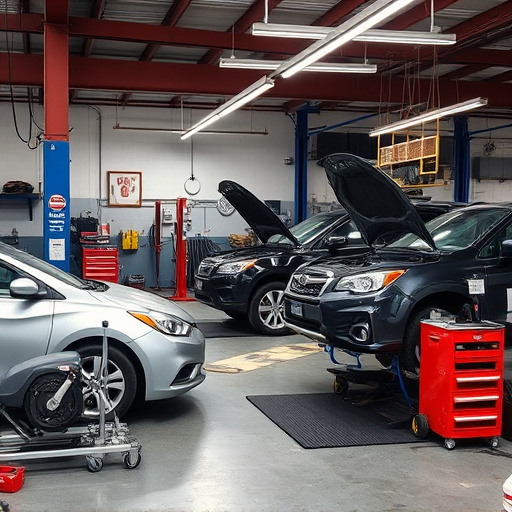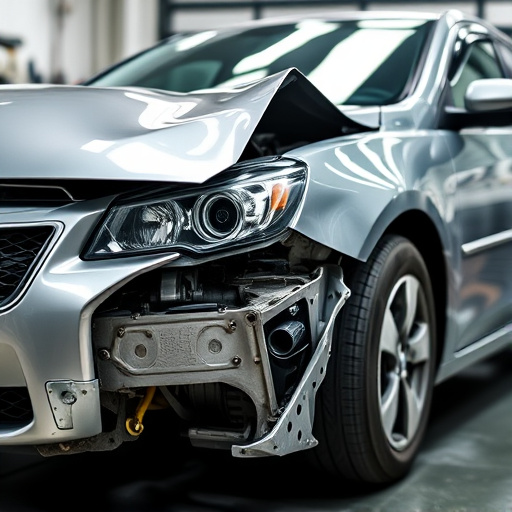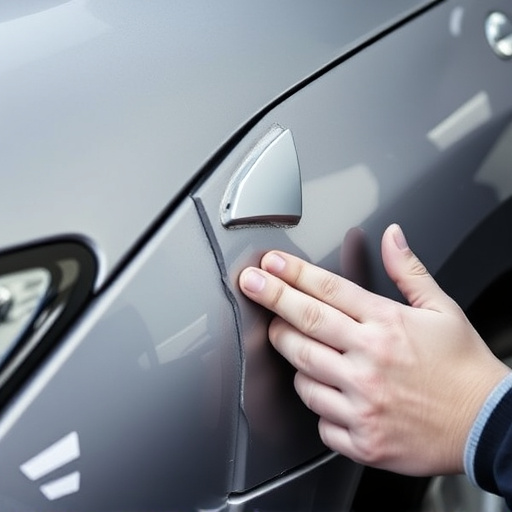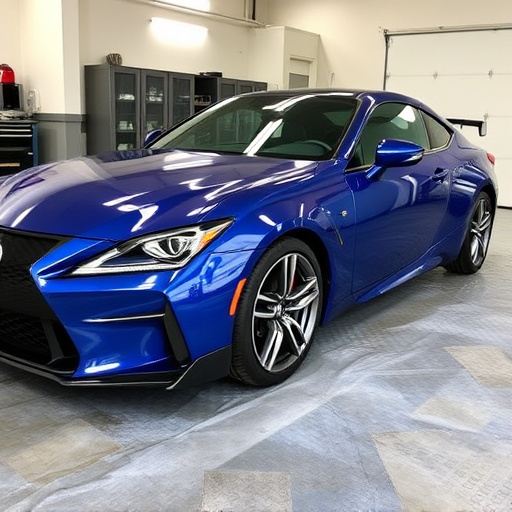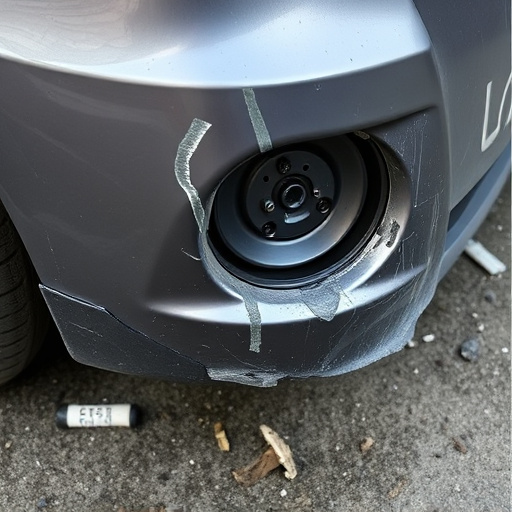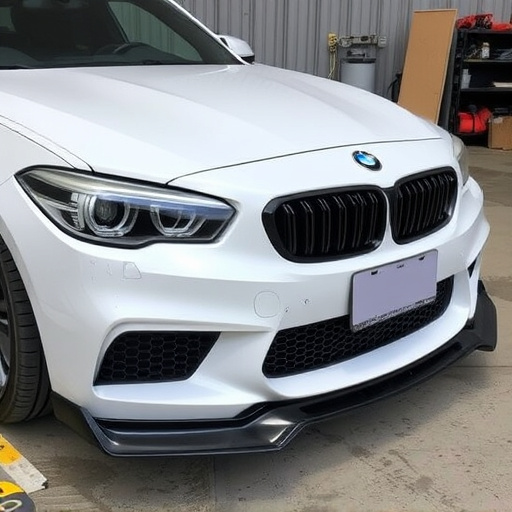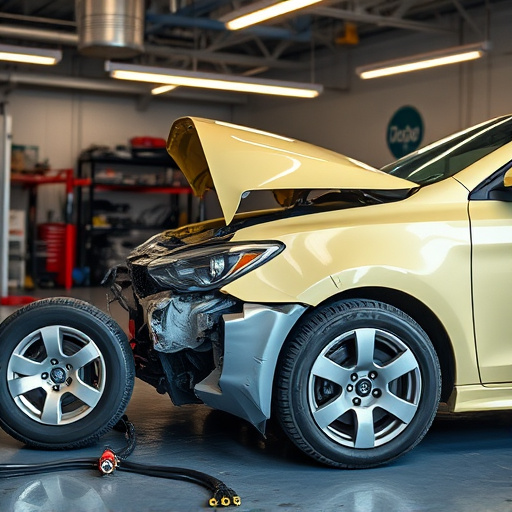Collision repair scheduling faces challenges due to misaligned parts availability and logistical delays. Optimizing OEM parts ordering through digital platforms, supplier relationships, and efficient inventory management enhances customer satisfaction by minimizing vehicle service delays. Integrating innovative solutions like intuitive software and real-time tracking streamlines processes, ensuring high-quality repairs and a seamless experience for customers and technicians in the repair scheduling collision industry.
In the fast-paced world of automotive repair, efficient collision repair processes are paramount. However, scheduling repairs and sourcing original equipment manufacturer (OEM) parts can often lead to collisions, causing delays and decreased customer satisfaction. This article explores the intricate dance between repair scheduling and OEM parts ordering, delving into strategies to mitigate clashes. We’ll uncover common causes, present effective streamlining techniques, and highlight the transformative power of digital solutions in creating a seamless collision repair experience.
- Understanding Common Causes of Repair Scheduling Collisions
- Streamlining OEM Parts Ordering: Effective Strategies
- Integrating Digital Solutions for Seamless Collision Repair Process
Understanding Common Causes of Repair Scheduling Collisions
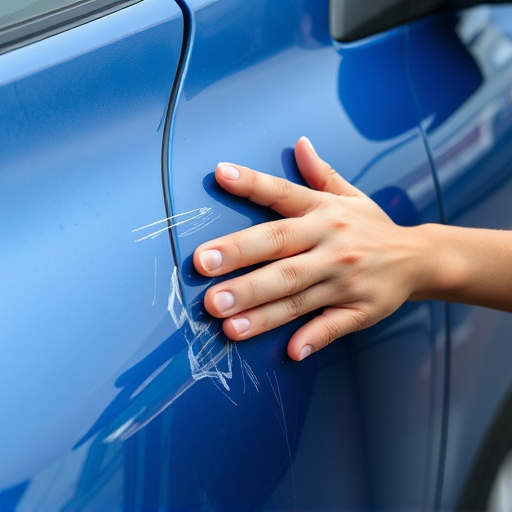
Collision repair scheduling is a complex process that can be hindered by various factors leading to delays and inefficiencies. Understanding these common causes is the first step towards streamlining operations and enhancing customer satisfaction. One of the primary issues is the misalignment between the availability of replacement parts, specifically original equipment manufacturer (OEM) parts, and the scheduling of repair appointments. This disparity often arises from several sources.
For instance, delays in receiving OEM parts due to supplier backlogs or logistical challenges can significantly impact repair timelines. Moreover, fleet repair services and their associated inventory management systems may struggle to keep up with demand, especially for high-demand parts like fender repairs. Efficient collision repair services rely on robust ordering processes that anticipate part requirements and ensure a steady supply, minimizing the risk of scheduling conflicts and delays in servicing vehicles promptly.
Streamlining OEM Parts Ordering: Effective Strategies

In the realm of repair scheduling collision, streamlining OEM (Original Equipment Manufacturer) parts ordering is a strategic must. By implementing effective strategies, auto body shops and vehicle repair services can optimize their operations and enhance customer satisfaction. One key approach involves leveraging digital platforms that offer real-time inventory updates and efficient ordering processes, ensuring that the right parts are available when needed for car restoration projects.
Additionally, fostering strong relationships with trusted OEM suppliers can facilitate timely deliveries and competitive pricing. This partnership model not only simplifies the auto glass repair process but also allows for better inventory management, reducing the risk of delays caused by part unavailability. Such streamlining measures ultimately contribute to a seamless repair scheduling collision experience, reflecting the quality of professional vehicle repair services provided.
Integrating Digital Solutions for Seamless Collision Repair Process
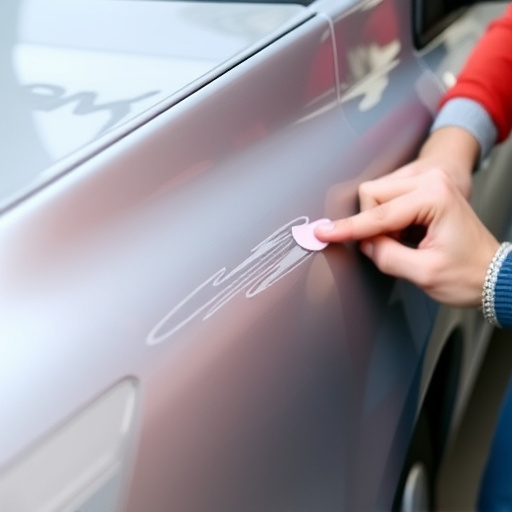
In today’s digital era, integrating innovative solutions can significantly streamline the collision repair process for both vehicle body shops and automotive repair services. By implementing robust digital systems, from intuitive repair scheduling software to efficient parts ordering platforms, operations can be enhanced tenfold. This transformation ensures a seamless experience for customers and technicians alike, optimizing every step of the journey from initial assessment to final completion.
Such technological advancements offer real-time tracking capabilities, accurate inventory management, and immediate access to original equipment manufacturer (OEM) parts. This not only expedites the repair process but also guarantees the use of high-quality, genuine vehicle bodywork components, fostering customer confidence in the expertise provided by these specialized facilities.
In addressing repair scheduling collisions, a holistic approach combining understanding common causes, implementing effective parts ordering strategies, and integrating digital solutions is key. By streamlining these processes with OEM parts, collision repair facilities can enhance efficiency, reduce downtime, and ultimately provide superior customer service. Embracing digital transformation in the collision repair landscape is not just a trend but a necessary step towards a seamless, efficient, and profitable future.
